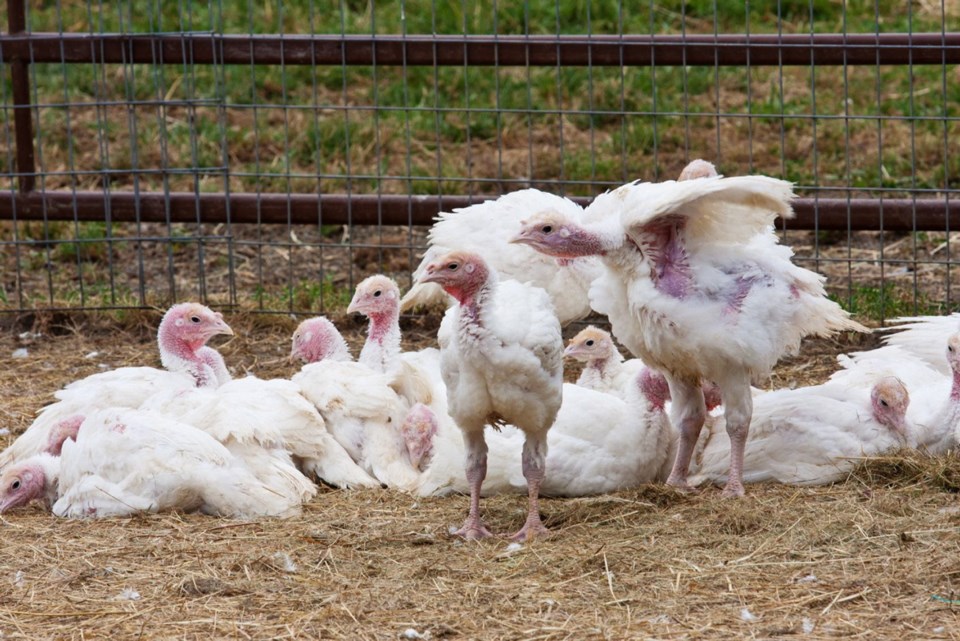A feasibility study on the meat-processing industry in the capital region is calling for a new poultry abattoir, a meat-processing and distribution hub and a working group to identify how to overcome barriers holding back local meat production.
The three recommendations were part of the Abattoir Feasibility Study for the Capital Regional District, prepared by Greenchain Consulting for the South Island Prosperity Partnership.
The report, funded by a $12,500 government grant, noted the local meat-processing industry is being held back by high land costs, regulation and abattoir capacity, and there needs to be a better option than shipping animals to the Lower Mainland for processing, a process that causes stress to the animals, increases farmers’ costs and does little to improve the local supply chain.
“We need to support farmers to provide a better, ethically sourced, local meat product to the community at a competitive price,” said Emilie de Rosenroll, chief executive of SIPP. “This is vital to our region’s food security and agricultural economy.”
North Saanich Mayor Geoff Orr said the study highlights the critical lack of local meat-processing facilities and underscores the need for investment to ensure food security and long-term resilience for farmers.
The report noted poultry processing facilities on southern Vancouver Island are focused on processing their own poultry, meaning other producers have to ship animals farther afield. That increases costs, making locally raised poultry uncompetitive with imported options, despite the fact the public seems to prefer the local product. The report also noted a number of producers had to ship animals out of the region for processing because of red tape and a lack of abattoirs. New regulations introduced in 2004 cut the number of available abattoirs to 11 around the province from 300 in 2003.
There are only a handful of certified abattoirs on the Island — in Courtenay, Nanaimo and Duncan — as well as facilities on Saturna and Salt Spring islands.
Last year, in a move designed to increase meat supply in the Alberni-Clayoquot region, the province changed meat-inspection regulations to allow more farms to slaughter and sell animals.
The changes allowed farms with Class D slaughter licences to slaughter up to 25 animal units — one unit is 454 kg of meat — for sale to consumers or retail outlets like restaurants and meat shops in the region.
When it was announced, Agriculture Minister Lana Popham said the province had been working with ranchers, abattoir operators and regional governments since 2017 to increase the amount of locally raised meat.
aduffy@timescolonist.com



